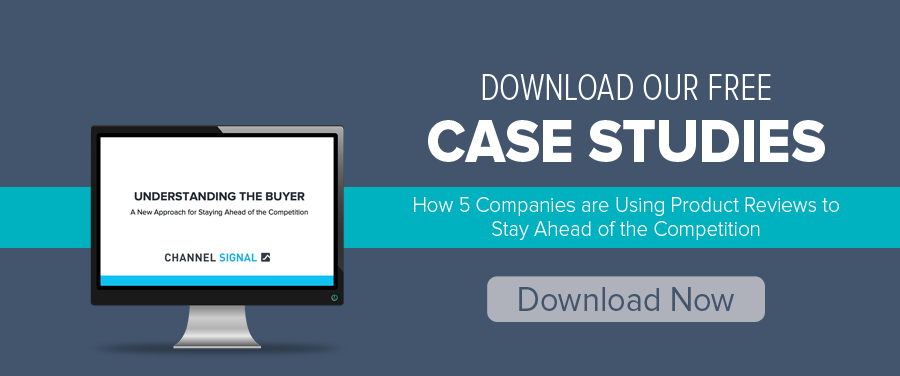During the design and pre-launch phases of a new product, companies use a range of methods to gauge and predict consumer satisfaction, such as focus groups and surveys. This gives the company direct access to the consumer’s experience, and allows them to adjust accordingly. After a product is launched, this line of communication can break down, leaving a gaping hole in the customer feedback loop.
Once a product is on the market, it can be easy to lose sight of how consumers are responding until you enter the next product design phase. Gathering and analyzing data from your consumers through sell-through in all of your channels is a critical aspect of staying in tune with the customer experience.
The Limits of Pre-Launch Analyses
Focus groups and surveys can provide valuable information in the design and pre-launch phases of a product, but what about after your product hits the shelves? Before-market consumer feedback plays a critical role in the development process, but is necessarily limited. Focus groups have been known to experience “survey fatigue” when asked to review multiple products in a row, and that weariness affects their ability to engage meaningfully in the process. What’s more, these consumers didn’t have the experience of actually purchasing the product, taking it home, removing it from its packaging, and using it consistently over time. Some flaws (and strong points!) will not become evident until this level of consumer engagement is reached. Issues such as battery life and compatibility with other products won’t appear until later in the product lifecycle.
Filling in the Gaps with Online Reviews
So how do you close the gap in your customer feedback loop, ensuring you have consistent access to consumer sentiment even after a product has launched? One way to do this is by monitoring online reviews. Online product reviews, when compiled from multiple platforms (e.g. Amazon, WalMart.com, and other retailer websites) can provide a comprehensive summary of customer experiences. Analysis of the keywords found across both positive and negative reviews can help to pinpoint what your customers love, and what they’d like to see change. When compiled and assessed correctly, online product reviews can serve as a sort of ongoing focus group, providing constant feedback to your team.
Online reviews aren’t just important because they reflect consumer experience; they also shape how your product is viewed. The vast majority of consumers today cite online reviews as an important consideration in deciding whether to buy a product. If it’s so important to potential customers looking at your products, shouldn’t it be to your enterprise? When you track online reviews, you’re listening to what your customers are saying, allowing you to strengthen what’s already great and change what needs adjusting.
Adjusting Your Marketing
The feedback received from online product reviews can be used for more than just making changes to the existing product or to future product designs; it can also help to determine if your marketing message is effective. Does your marketing message accurately represent what your most loyal customers love about your brand? If so, the keywords you use in your marketing should appear in positive online reviews. If your positive reviews are filled with different adjectives and key phrases, it could be smart to shift your marketing approach. In online reviews, customers tell you what they love about your products, and the responses can be used to your advantage, with important cues that can be used in a targeted marketing campaign.
Online product review analytics bridge the gap in the customer feedback loop, giving you a chance to understand and respond to your customers’ praise or concerns prior to the next product design phase.

